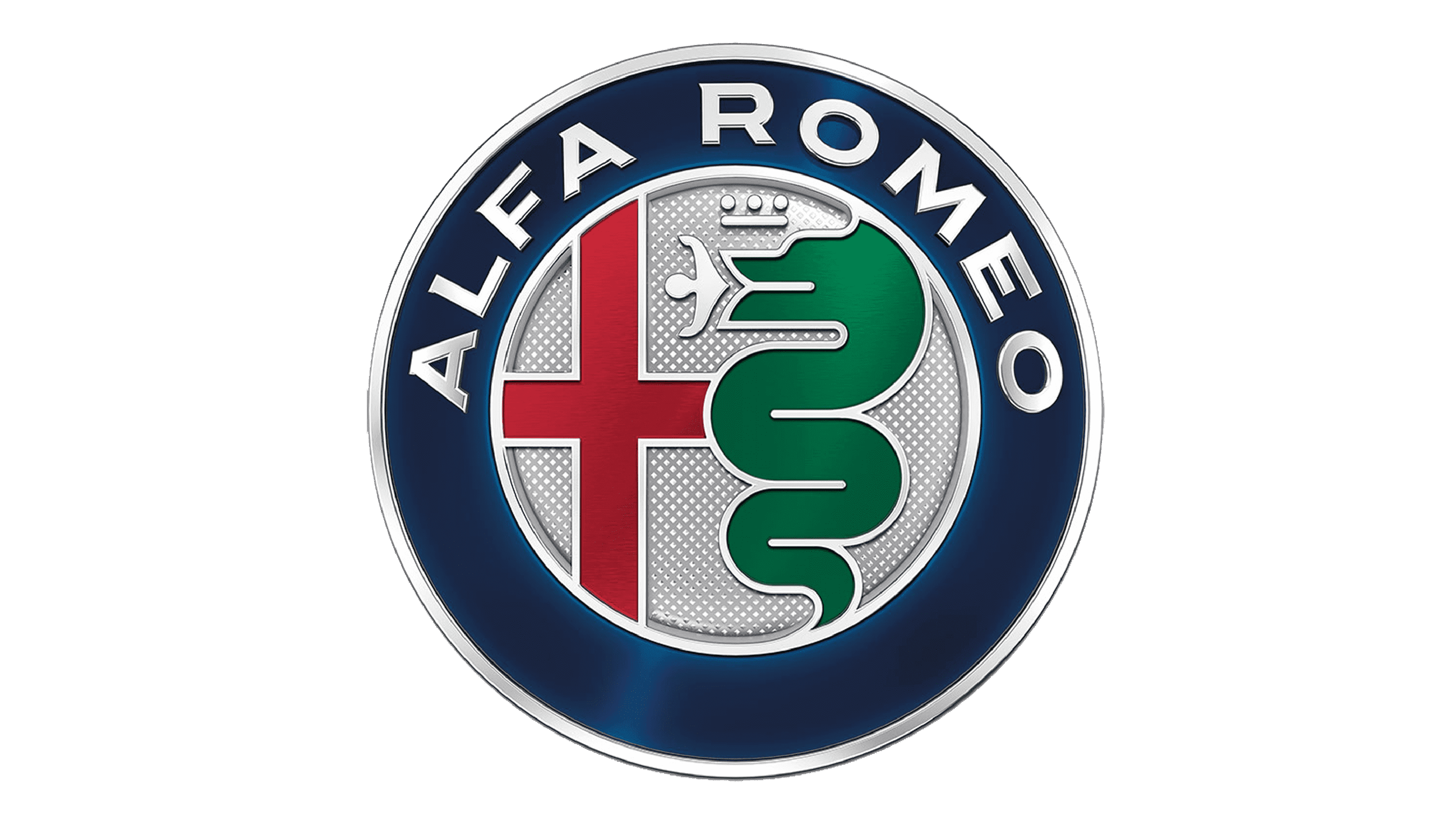1932 Alfa Romeo 8C 2300 Pinin Farina Cabriolet

The descriptions of the Classic Cars in the Directory were partly generated or supplemented with the help of artificial intelligence (AI). The content may occasionally not always be entirely accurate or factually correct despite careful checking.
The Alfa Romeo 8C 2300 Pinin Farina Cabriolet 1932 is a masterpiece of engineering, design, and craftsmanship. This classic Italian sports car represents the pinnacle of automotive art and technology from the pre-war era. With its powerful engine, sleek bodywork, and advanced features, this car was the envy of the world when it was first introduced.
At the heart of the Alfa Romeo 8C 2300 Pinin Farina Cabriolet 1932 lies a 2.3-liter inline-eight engine. This supercharged powerplant is capable of producing up to 142 horsepower, which was a significant amount of power for its time. It had an overhead camshaft layout with two valves per cylinder and a Roots-type supercharger. This powerful engine was mated to a four-speed manual transmission and had a top speed of 115 mph.
The chassis of the Alfa Romeo 8C 2300 Pinin Farina Cabriolet 1932 was designed with racing in mind. It had a ladder frame made of steel, which was light and rigid. The frame was reinforced with cross-members and a tubular front axle suspension setup. The rear suspension setup comprised of a live axle and semi-elliptic leaf springs. The combination of independent front suspension and solid rear axles provided agile handling and a smooth ride on the road.
The Pinin Farina Cabriolet bodywork was designed by the Italian coachbuilder named Battista "Pinin" Farina. It was a two-seater roadster with a long hood and a short tail. The 8C 2300 badge is proudly flaunted on the front grille of the car. The soft-top convertible roof retracts, allowing for open-air driving, and it has a pair of wing mirrors mounted over the beautiful fenders of the car. The overall look of the car is sleek and stunning, with curves and lines that are still admired to this day.
One of the most innovative features of this car was its hydraulic drum brakes. This system significantly improved the car's stopping power, especially considering the era it was built in. The Alfa Romeo 8C 2300 Pinin Farina Cabriolet 1932 was also equipped with a 20-gallon fuel tank, which allowed for long trips between refueling stops.
In conclusion, the Alfa Romeo 8C 2300 Pinin Farina Cabriolet 1932 is a prime example of Italian engineering and design excellence. Its advanced features, including the powerful engine, chassis, and brakes, combined with its stunning bodywork, made it an icon of the pre-war era. It is a testament to the mastery of Pinin Farina and Alfa Romeo, who built this masterpiece over eight decades ago.
Milestones
- Introduction of the Alfa Romeo 8C 2300 in 1931 - Collaboration between Alfa Romeo and Pinin Farina for the Cabriolet version - Debut of the 8C 2300 Pinin Farina Cabriolet at the 1932 Paris Motor Show - Unique design featuring a long hood, sleek curves, and open-top configuration - Powerful engine producing up to 142 horsepower - Competitive racing history, including a win at the prestigious 24 Hours of Le Mans in 1933 - Rarity and exclusivity of the model, with only six examples built - Revered as a classic and highly sought-after collectible car.Technical
- Engine: straight-8, dual overhead camshaft - Displacement: 2,336 cc - Power Output: 142 hp at 5,500 rpm - Transmission: 4-speed manual - Suspension: front and rear live axle on semi-elliptic leaf springs - Brakes: hydraulic drum brakes on all four wheels - Maximum Speed: Approximately 120 mph - Wheelbase: 2,880 mm - Weight: 1,100 kg - Exterior Design: Pinin Farina Cabriolet body style - Interior Features: Leather upholstery, wooden dashboard, Jaeger instruments.